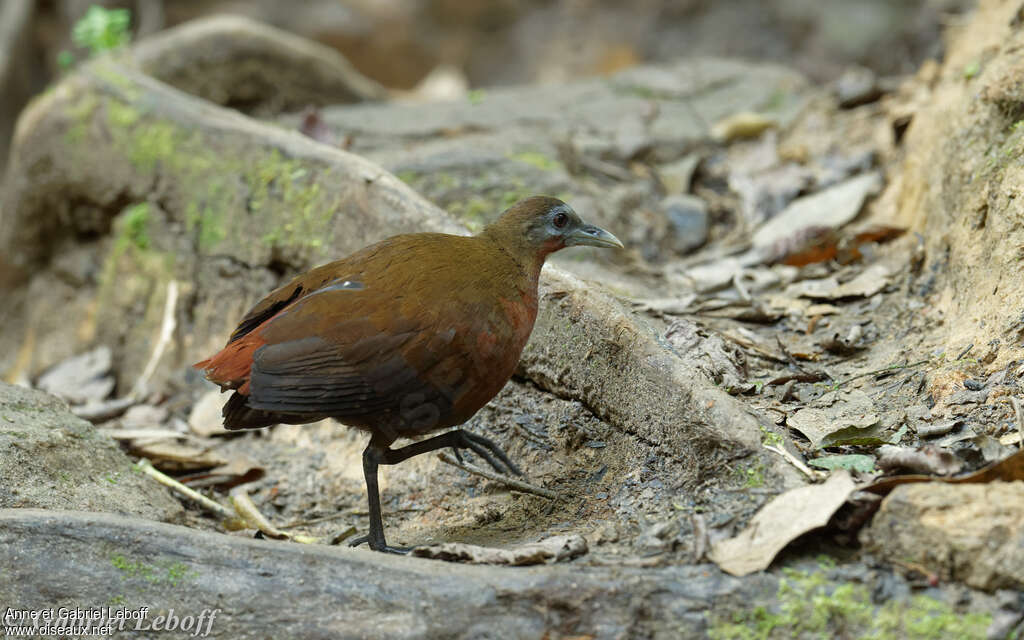The Unique Mentocrex Kioloides: A Glimpse Into Madagascar's Secretive Rail
Share
The Mentocrex kioloides, commonly known as the Madagascar White-throated Rail, is a fascinating bird species that belongs to the order Gruiformes and the family Rallidae. This elusive bird is endemic to Madagascar, a biodiversity hotspot known for its unique flora and fauna. In this article, we will explore the taxonomy, physical characteristics, habitat, diet, behavior, reproduction, and conservation status of this remarkable species.
Taxonomy
The Mentocrex kioloides was first described by Pucheran in 1845, under the name Gallinula kioloides. It was later classified under the genus Crecopsis by Sharpe in 1893. The type species for this genus is Crecopsis egregia, which is synonymous with Ortygometra (Crex) egregia. The classification of this bird highlights its close relationship with other rails within the Rallidae family, which includes various species known for their secretive nature and preference for wetland habitats.
Physical Characteristics
The Madagascar White-throated Rail is a medium-sized bird, characterized by its distinctive white throat and dark plumage. The overall coloration is a mix of browns and blacks, providing excellent camouflage in its natural habitat. Adult birds typically measure around 25-30 cm in length. Their long legs and toes are adapted for navigating through dense vegetation and marshy areas.

Habitat
This species is primarily found in the wetlands, marshes, and reed beds of Madagascar. It prefers areas with dense vegetation, which provides cover from predators and a rich source of food. The Madagascar White-throated Rail is often associated with freshwater habitats, where it can forage for food and build its nests. The degradation of these wetland habitats poses a significant threat to its survival.

Diet
The diet of the Mentocrex kioloides mainly consists of invertebrates, seeds, and aquatic plants. It forages in the underbrush and shallow waters, using its long bill to probe the mud and vegetation for food. This bird plays a crucial role in its ecosystem by helping to control insect populations and dispersing seeds.
Behavior
The Madagascar White-throated Rail is known for its secretive and elusive behavior. It is primarily a solitary bird, often seen foraging alone or in pairs. Its vocalizations are a series of soft calls that can be heard during the breeding season. These calls are essential for communication between mates and establishing territory. The bird is also known for its ability to remain hidden in dense vegetation, making it challenging for birdwatchers to spot.
Reproduction
Breeding typically occurs during the wet season when food is abundant. The female lays a clutch of 3-5 eggs in a concealed nest built among dense vegetation. Both parents are involved in incubating the eggs and caring for the chicks once they hatch. The young are precocial, meaning they are relatively mature and mobile shortly after hatching, allowing them to forage for food with their parents.

Conservation Status
The Madagascar White-throated Rail is currently classified as Near Threatened by the International Union for Conservation of Nature (IUCN). The primary threats to its survival include habitat loss due to agricultural expansion, wetland drainage, and pollution. Conservation efforts are essential to protect the remaining wetland habitats and ensure the survival of this unique species.
Birdwatching Tips
For birdwatchers interested in observing the Mentocrex kioloides, the best time to visit Madagascar is during the wet season when the birds are most active. Look for them in marshy areas with dense vegetation, particularly in protected reserves. Patience is key, as these birds are often hidden and may require quiet observation to spot.
The Mentocrex kioloides is a testament to the rich biodiversity of Madagascar and the importance of preserving its unique ecosystems. By understanding and protecting this remarkable species, we can contribute to the conservation of Madagascar's natural heritage.

